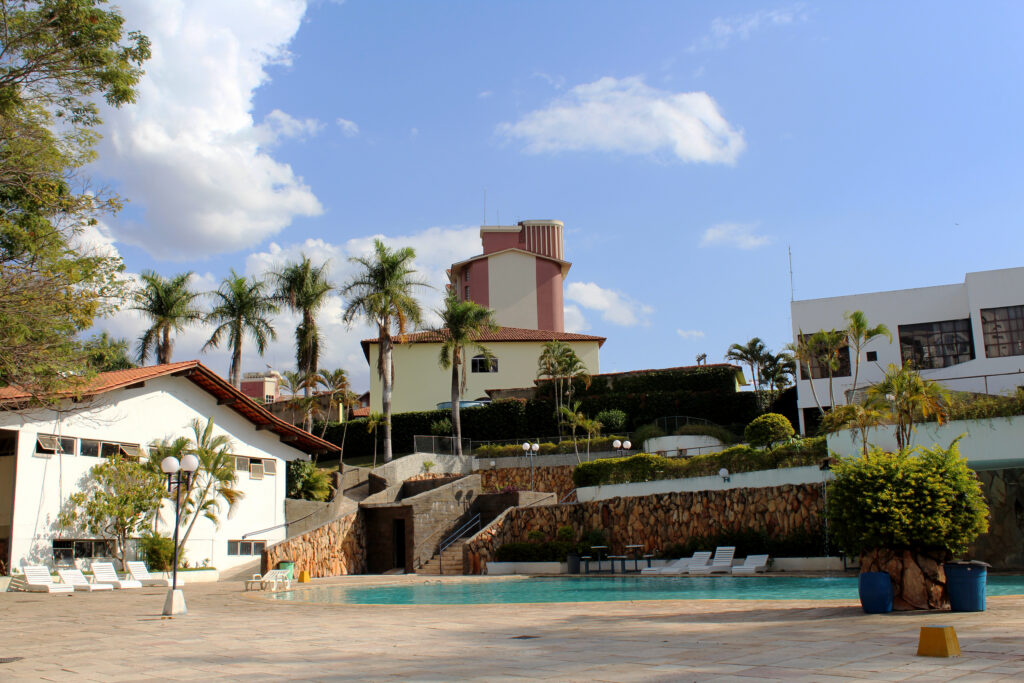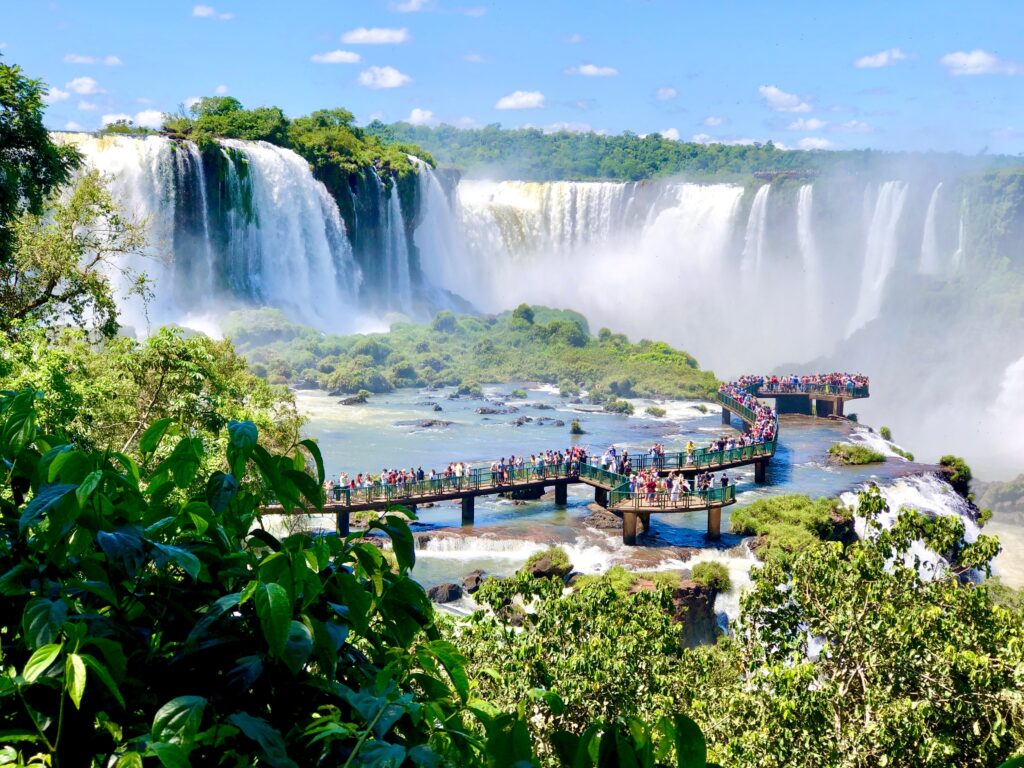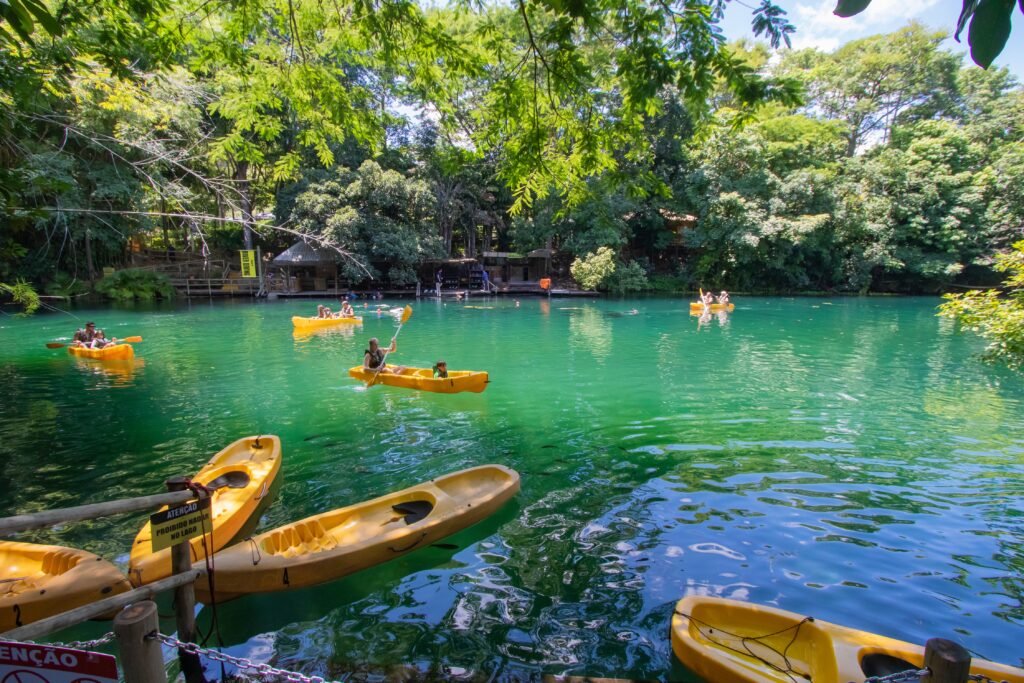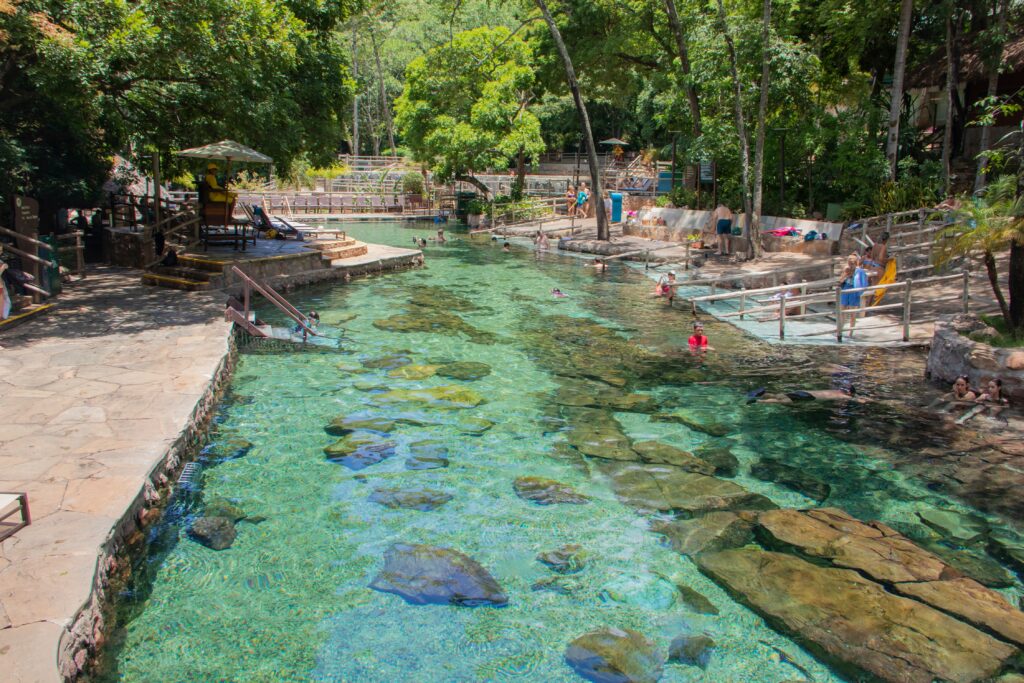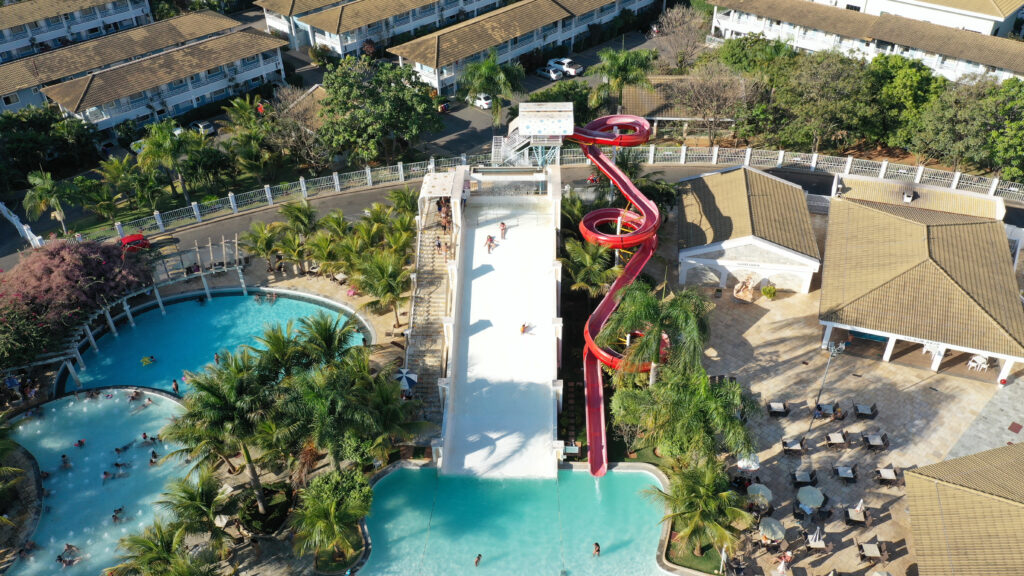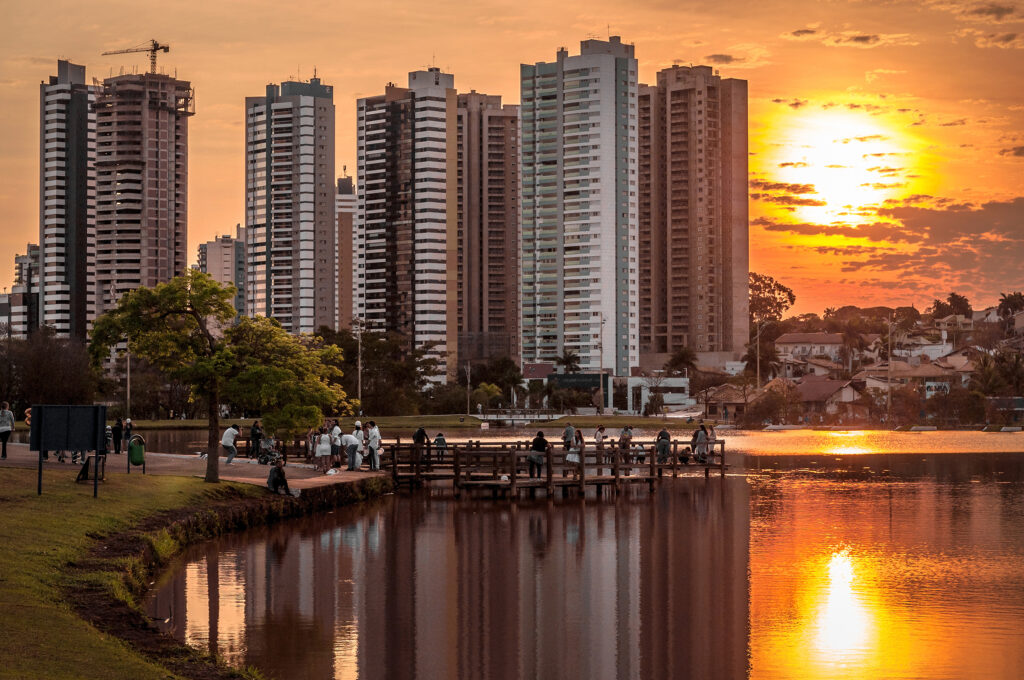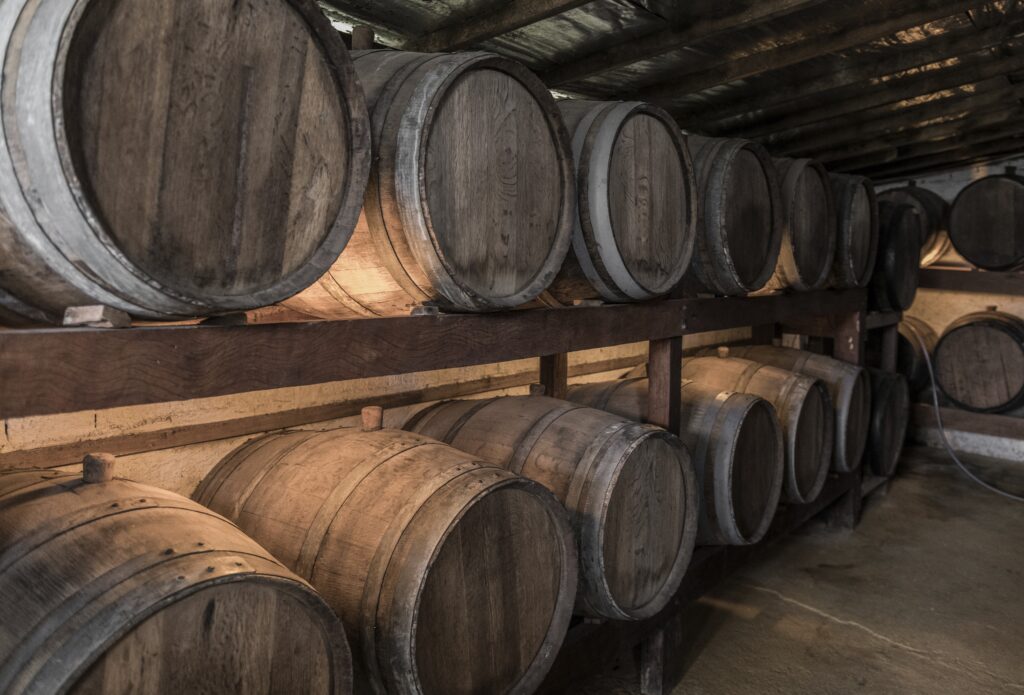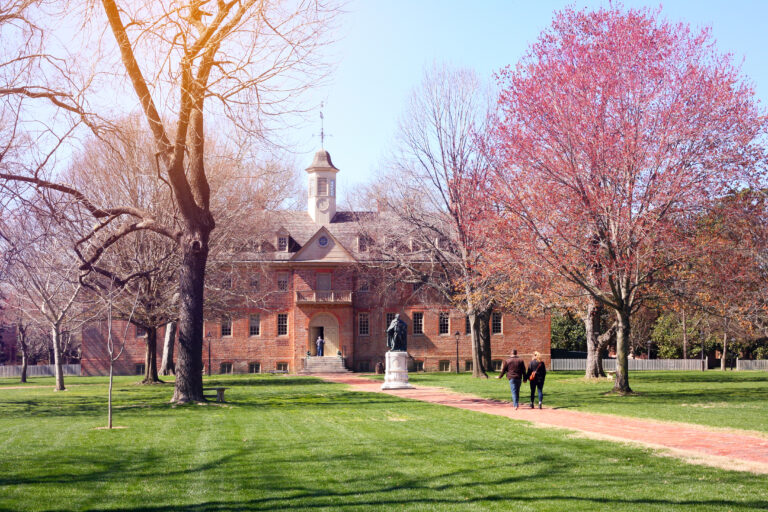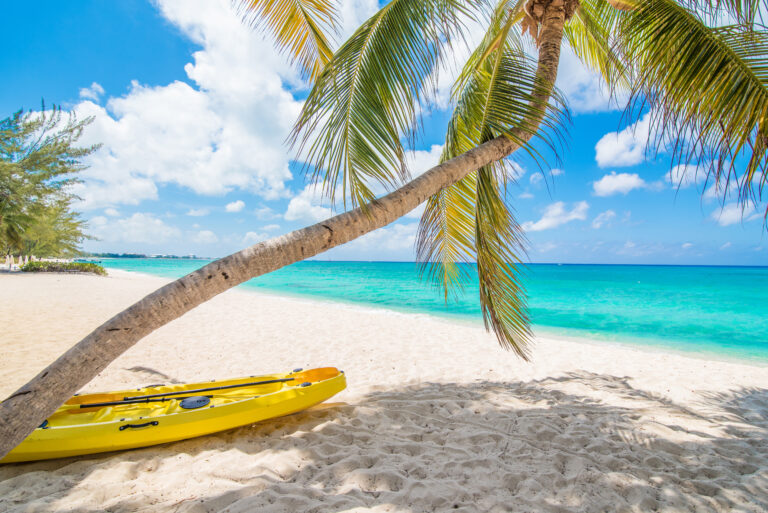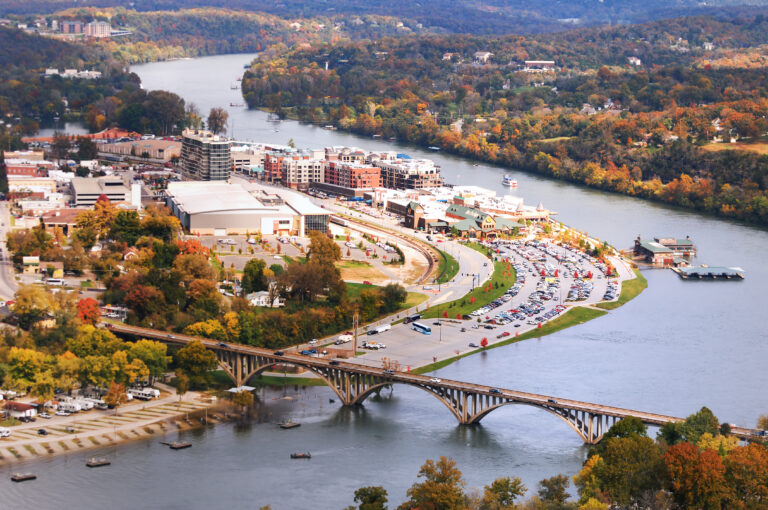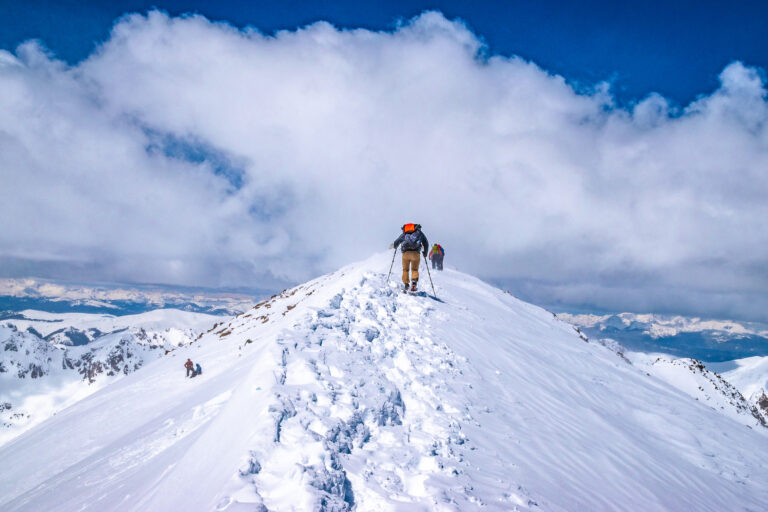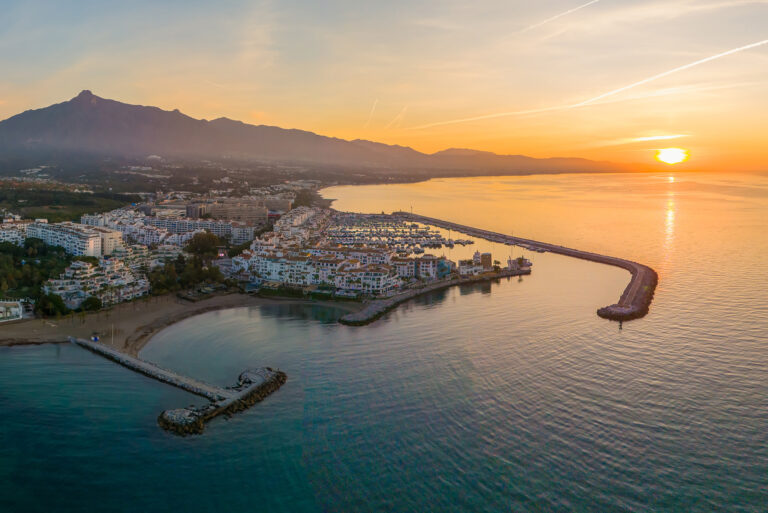By Catherine Balston
Anyone who dreams of a vacation in Brazil is likely thinking of a roaring carnival or endless stretches of sea and sand. And with 4,600 miles of Atlantic coastline, there’s certainly no lack of beaches from which to choose. But turn your back on the ocean, and you’ll find another kind of water wonderland: an extraordinary wealth of rivers, wetlands, and waterfalls, in a country that boasts the largest supply of fresh water in the world. This is Caldas Novas, in the Central-West of Brazil, a destination teeming with natural hot springs and water parks.
Brazil’s Wild West
The Central-West is Brazil’s very own Wild West — a sparsely populated region teeming with natural wonders. In the 18th century, so-called bandeirantes (flag bearers) working in the name of the Portuguese crown began to colonize this little-known area, seeking gold and precious stones. A brutal bunch, their mission for material riches was single-minded, so when they did happen across natural treasures, they merely marched on.
Such was the story of one Bartolomeu Bueno da Silva, a bandeirante who, while searching for gold in the mountains of the Serra de Caldas Novas in 1722, stumbled upon something quite unexpected: mountain streams with hot running water. Of no value to him, Bueno da Silva continued his search for gold. His surprising discovery, though — the largest concentration of nonvolcanic hot springs in the world — now draws around 1 million annual visitors to the region around Caldas Novas in the state of Goiás, Brazil.
In fact, over the past few decades, water parks and resorts of all sizes and tastes have been built here, offering everything from pulse-pounding thrills to soothing relaxation.
Water Worlds
The thermal waters around Caldas Novas are rooted deep in the surrounding limestone. Cracks in the rocks allow rainwater to seep down into the earth where it heats and then rises, emerging in springs as hot as 140 degrees Fahrenheit.
To get to the source of this phenomenon, head to the Serra de Caldas State Park, located between the cities of Caldas Novas and Rio Quente. Grassy lowlands rise to the high plains of the park, where on foot or bike you can explore trails that crisscross nearly 50 square miles of forest and crystal-clear rivers.
Inside the park, there are multiple hot-water springs to get wrinkly in, as well as a long stretch of warm river, rich in minerals such as calcium and magnesium bicarbonate. The thermal waters are thought to have healing properties — and there’s no denying that a long soak in a hot pool will help restore the most tired legs and frazzled minds to a state of blissed-out relaxation.
The park is also home to two waterfalls: the Cachoeira da Cascatinha, with misty water tumbling down a stepped drop, reached via a half-mile-long trail; and the smaller, winding Cachoeira do Paredão, accessed by an approximately 1.5-mile hike, with a natural pool and viewpoint as rewards at the end.
Fun for All Ages
Just over 7 miles away from the park is the bustling town center of Caldas Novas, which whispers remnants of its colonial past, but is otherwise a modern mix of high-rise buildings and suburban-style sprawl. It also has a selection of hot springs facilities if you’re looking for a different type of soaking experience than the more rustic encounter at Serra de Caldas State Park.
Established in 1972, Thermas diRoma is one of the oldest and most centrally located options, complete with 15 pools, saunas, and waterslides. Lagoa Termas Parque, on the edge of town, is popular for its artificial beach with volleyball courts, plus a huge pool with a wave machine, live music, and numerous waterslides for thrill-seekers. The water park is also near to Centro Histórico Bartolomeu — an open-air museum in a tranquil garden that tells the story of the bandeirante who discovered the springs just more than 300 years ago.
The spot that tops the list for most people, however, is Hot Park, a little more than 15 miles away in the municipality of Rio Quente, on the other side of the Serra de Caldas mountain. One of the country’s largest water parks, Hot Park (pronounced “hotchy parky” in Portuguese) has the luxury of space and nature. It’s filled with the small trees, shrubs, and grasses native to the cerrado biome, or tropical woodlands, of Brazil’s Central-West. Buriti palms, with their bunches of marble-sized coconuts, grow around the edges of the water, alongside an abundance of cacti and bromeliads.
Hot Park is a place for family fun and an early start, if you want to beat the crowds. There are white-knuckle toboggan runs and towering waterslides. Other adrenaline-fueled highlights are the half pipe (slide in over the top in an inflatable raft) and a zip-line ending with a splash in the river. Kayaks and floating bikes provide a gentler way to explore the water. Or go for some good old-fashioned soaking in the warm spring waters, which range here between 73 and 90 degrees Fahrenheit.
Brazil’s Signature Spirit
When the sun sets over the water at the end of the day, join the locals in enjoying an altogether different kind of warming liquid in Caldas Novas: cachaça, a sugarcane spirit almost as old as Brazil. Cachaça is best known as the base for caipirinhas, but the aged versions deserve to be savored straight.
At Cachaçaria Vale das Águas Quentes distillery, organic sugarcane is grown on-site and its juice then fermented and distilled in copper stills. Their Cachaça Barril 12 is aged in oak barrels for eight years and has scooped a handful of national awards. It’s the perfect memento to take home, along with a clutch of wonderful memories and a new spring in your step.
Catherine Balston is a food and travel writer, who has explored far and wide across Brazil after 15 years of calling it home. She has authored travel guides for Wallpaper, Louis Vuitton, and Fodor’s, and loves Carnival, sunshine, and tropical rain.

